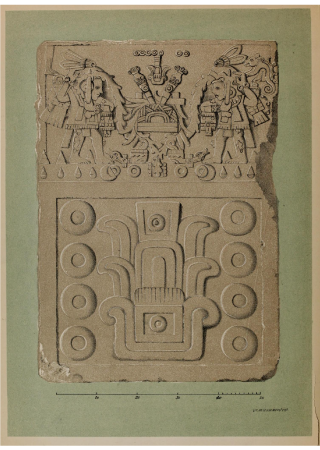Conquest of Mexico
- ... Hernán Cortes was one of the most famous colonizers of America?
- ... Cortes got most of his information about the situation in the interior of Mexico through an Indian girl named Marina, from the royal family Malitzin, who also became his mistress and bore him a son?
- ... the son of Cortes and Marina, Don Martin Cortes, later became a Knight of the Order of St. Jacob?
- ... Cortes discovered the extensive lands of Mexico and Central America, from which Spanish influence subsequently spread both to the south and the north?
- ... Cortes also discovered the Baja California peninsula?
- ... Cortes learned about the wealth of the Aztec empire from natives of the conquered city of Tabasco?
- ... Hernán Cortes was buried in the Cathedral of Jesus of Nazareth in Mexico City, and his skeleton was lost in the year 1823?
- ... in all the allied lands of Mexico, Cortes used respected men from royal Indian families as his confidants, rather than Spaniards?
- ... in the conquest of Tabasco, the Spaniards were greatly helped by the unusual (for Indians) sight of men on horseback?
- ... Montezuma gave Cortes an embroidered cloth map of Mexico, which Cortes used to get a very accurate picture of the extent of the Aztec empire?
- The expedition departed February 18th, 1519 and Cortes left Mexico in 1528.
- Cortes' expedition to Mexico numbered 11 ships, 400 Spaniards, 200 Indians, 20 mounted horsemen and 14 small cannon with service personnel.
- In the battle for Tenochtitlan, Cortes lost more than half his men, most of his horses and all his cannon.
- As a consequence of Cortes' invasion, the population of Mexico dropped from 25 million in 1519 to a bare 2 million in 1568.
Acting on information from the seafarers Córdoba and Grijalva, Cortes organized an expedition, which left Santiago de Cuba in February 18th, 1519. The fleet approached the shore of Yucatan, near the island of Cozumel and sailed along to Tabasco, where they landed on March 14th. The Spaniards attacked and conquered the city. On April 20th, Cortes disembarked near the island of San Juan de Ullos, close to the site of the present day city of Veracruz.. Here he founded the settlement Villa Rica de le Vera Cruz.. Afterwards, Cortes embarked on a trip into the interior, where he allied himself with the Tlaxcalans and Totonacs (who accepted the Spanish rule) and without the use of force, marched to Tenochtitlan, where he settled. Cortes captured Montezuma II here. An uprising of Aztecs broke out in the capital city of Tenochtitlan. On July 2nd, 1520, Cortes was forced to abandon Tenochtitlan in the face of overwhelming Aztec force. During this fight he lost more than half his army, most of his horses, and all of his cannon and stolen treasure. Montezuma was injured by a rock thrown by an Aztec warrior and died soon after. August 13th, 1521, after a difficult battle, Cortes once again conquered Tenochtitlan and captured the new king Cuauhtémoc. In 1522, Emperor Charles V named Cortes the governor, chief judge and general of the newly conquered lands, called New Mexico (Nueva Espaňa). In 1528, Cortes left Mexico, for his first return voyage to Spain. In 1530 he returned to Mexico, where he remained for 11 years, during which time he explored Baja California. . Cortes second and final return voyage to Spain happened in 1541, and he died in Spain in 1548. After his death Cortes body was transferred to Mexico in 1566.


